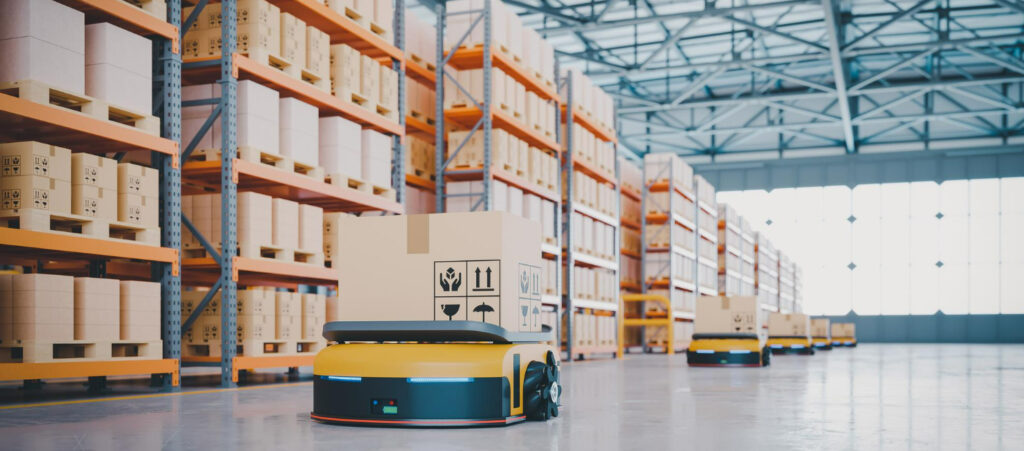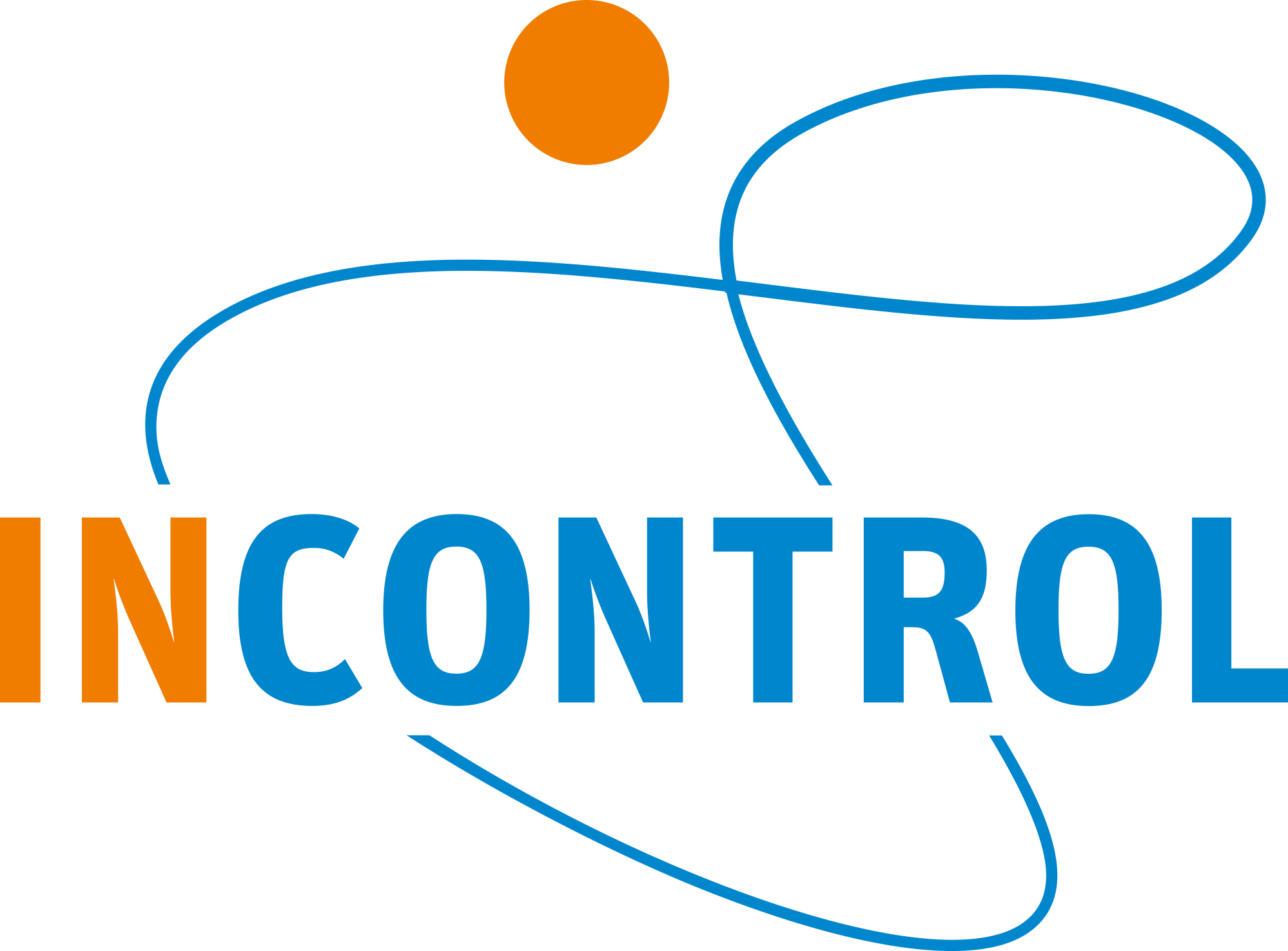Simulation Software contributes to the warehouse of the future
Warehouses and distribution centers are facing major challenges. During the pandemic, consumer demands increased exponentially, consumers expected short lead times, high product availability, flexibility, and variation in delivery and return options. Companies started to build up more stocks to meet those expectations during this period. Now there are large stocks, but demand is falling as a result of the high inflation.
The global supply chain has been forced to adapt quickly to changes in demand, automation can help to build safer, more productive operations and boost the ability to respond to rapid changes in demand. Warehouses turned out as crucial breaking points in the supply chain. Therefore, optimization and efficiency in this industry are very important.
To meet these expectations, warehouses need to become smarter, faster, and more flexible, but how to prepare your warehouse for the future? Promises of superfast fulfillment are leading organizations with warehouses to explore digital twin technology, enabling them to mirror the operational setting and run experiments to experience and understand how it can be optimized, and how new technologies can be rolled into play.
By 2025, 50% of the work activities could be replaced by next-level process optimization and visualization. Applications will be impacted by e.g., Robotization: Robots, Cobots (collaborative robots) and RPA (Robotic Process Automation), and Process Virtualization by Digital Twins and AI (McKinsey & Company report: Top Trends in Tech, 2020). We see simulation as an inseparable part of AI, combining visions, (historical)data, algorithms, and assumptions to get insight and therefore grip on supply chain processes.

Simulation modeling is a powerful method for designing, planning, and optimizing warehouse operations. By creating a digital twin of a warehouse, companies can design, simulate, and test within current and new warehouse operations, including (semi) automatic order picking, batching algorithms, stock allocation, (empty) tote management, tracking and tracing temporary storage, and shelving virtually.
The challenge is to achieve the most efficient warehouse operation. Simulation modeling can contribute to the selection of the best order-picking module, conveyor and sorting systems, or automated storage and retrieval systems (ASRS). Using simulation software, warehouse managers can easily plan during peak days and determine when these peak moments are. By integrating the Warehouse Management System (WMS) with the simulation model, data from the inventory can be used for accurate simulation studies.
Questions that can be easily answered using Simulation Software are:
- How to deal with capacity shortages both in operation and in design?
- How many extra Shifts and/or resources are required?
- How much surplus capacity do you accept during the rest of the year to handle your peak day? E.g. Do you leave an entire floor empty for a whole year, which you then only use during your peak period? How and when to fill up this floor. What measures to take to ensure sufficient stock?
- What do you do if a part of your system breaks down (contingency)?
- What are the lead times and are they short and stable enough to ensure product safety in case of, e.g., chilled foods?
- What is the reason to implement a shuttle system and robots.
- How to optimize your and 3rd Party equipment, staff and logistics?
From an emulation perspective, managers can get insight into the operation. How is the performance on a peak day/period? What extra dynamics do peak days provide? For example, during special offers on black Friday, there might be flows that would normally never be seen. How to cope with these challenges?
Enterprise Dynamics® is a powerful and robust simulation platform that provides a digital environment where you can safely explore a solution without impacting day-to-day operations. By using a virtual model to validate and visualize current and future operations, optimizations and innovations will demand less costs, risks, effort and time. So, supporting maximal operational performance.
Simulation software can give insight in:
- Overall performance
- Steering optimization, innovation and control
- Bottleneck detection
- The stability of the warehouse design under different loads
- The impact of failures on the warehouse
- Batching algorithms
- Stock allocation
- Empty Tote Management
- Implementation and scale up a shuttle system and robots
- Required and right seize capacities.
Curious how our simulation software can help to prepare your warehouse for the future? Download our free trial or contact us, we are happy to tell you about the capabilities of our software and expertise.



